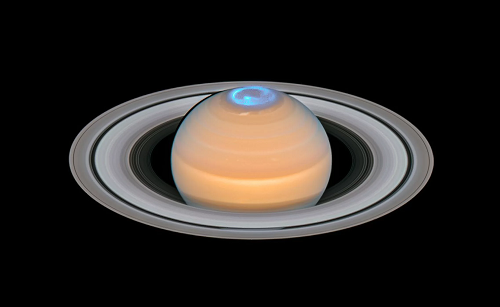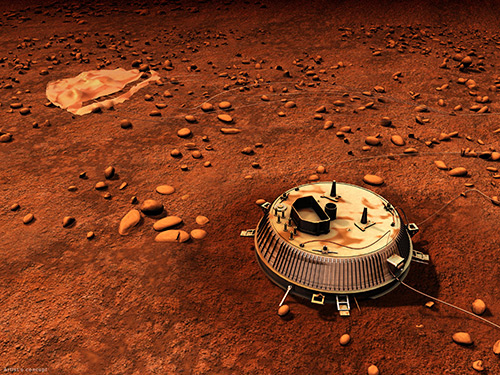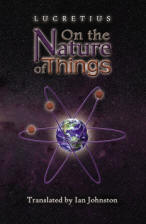At Richer Resources, we are dedicated to the creation of high quality books, art and other media intended to enrich the lives of individuals of all ages.
As an independent publisher, we are bound by a sense of integrity and quality to produce products which enhance the lives and vision of individuals everywhere.
Sign up to receive notice of free eBooks, new releases and special subscriber-only offers.
(You can unsubscribe at any time)

History of Observation
Six planets were known to the ancients, Mercury, Venus, Mars, Jupiter, Saturn and, of course Earth, however, any knowledge about them was limited to what was evident to the unaided eye. During the Renaissance, Copernicus outlined the specific arrangement of the planets as well as the facts they each orbited around our sun rather than around the Earth. It wasn't until Galileo's telescope that we were able to begin looking at the surfaces of the planets to learn about them in any detail.
When Galileo first observed Saturn's rings in 1610, he thought he was looking at moons and was astounded when, several years later while studying the planet, he saw that the "moons" had disappeared. In fact, he was seeing Saturn that night with the rings "on edge" such that they could not be seen against the backdrop of that huge, gaseous planet. Forty-five years later, Dutch astronomer Christiaan Huygens was able to discern that what Galileo had seen were rings around the planet.
Space probes became the next avenue of discovery beginning in 1979 and culminating with the Cassini-Huygens spacecraft 20-year mission which ended in 2017.
What Cassini Taught Us About Saturn
Cassini sent us a lot of new information. Here are a few things we now know about the planet, its rings and its moons that we didn't know before.
|
We did know
that Saturn had a lot of moons, but
Cassini was able to find 6
additional ones |
Saturn is the only known planet other than Earth that produces lightening. We received photos and even a video of this lightening from Cassini in 2009.
Cassini picked up some type of natural radio waves emanating from inside the planet. Further information on this will have to wait for future exploration.
For the first time, we were able to study the size, temperature, composition and distribution of Saturn’s rings up close from within Saturn orbit. According to NASA, some of the key things we learned are as follows.
◆ The particles that make up Saturn’s rings
range in size from smaller than a grain of sand to as large as
mountains.
◆ Cassini found that water jets from the moon Enceladus provide much
of the material in Saturn’s more diffuse ring known as the E-ring.
◆ Cassini studied features in Saturn’s rings called “spokes,” which
can be longer than the diameter of Earth. Scientists think they’re
made of tiny icy particles that are lifted by an electrostatic
charge and only last a few hours.
◆ During Saturn's equinox, when the rings face the sun edge-on,
Cassini watched ring particles produce elongated shadows that
revealed unexpectedly immense ring chunks that measured miles
(kilometers) in size. Although 3 other planets in our solar system
have rings, none compare with the beauty and intensity of Saturn's.
There is undoubtedly much more to learn about our 6th planet.
Cassini gave us a huge jump into that future.
Interested in our universe? Read Lucretius' On the Nature of Things for a comprehensive understanding of those who helped create modern scientific thought. Lucretius believed that he could free mankind from fear of the deities by demonstrating that all things occur by natural causes, not on the whim of the gods.
 bringing the total new known total
to 62. Ca
bringing the total new known total
to 62. Ca